Jump to: Curriculum Discipline Design | Program Professional Development
Curriculum and Discipline Design
Since the start of my teaching experience, I have consistently focused my curriculum design on the fundamental concept of encouraging lifelong movement. As a discipline, I believe Physical Education can serve as a way to help instill students with a greater appreciation of health and wellness. A PE class can stimulate increased levels of interest and provide core skills for students to take ownership of their physical activities, trainings, and workouts. Well over a decade ago, I introduced a module called “personal fitness design” into my PE group classes. The module engaged students in the process of designing personal fitness plans and practicing these training plans during class to work towards achieving self-identified goals (while tracking their progress).
Creating carefully crafted opportunities for students to succeed in every module or session is another aspect of preparation to further the goal of helping students experience the benefits of movement, both physical and psychological. Physical Education classes can also be a safe place to experience the learning feedback loop of trying, failing, adjusting, and repeating that cycle in an environment where it may feel less high stakes. Using non-traditional metrics of success: emphasizing preparation, participation, and progress (not perfection) are essential in this quest to balance intentional opportunities for failure and successes as part of the learning process.
Over the years, multiple students have communicated a desire to work out during study halls or other non-class times, while at the same time sharing their feeling that for one reason or another, they felt they “did not need to take a PE class.” Sometimes these students were focused on a specific sport or simply their personal fitness. In 2018, the graduation requirement for PE courses changed, making the Wellness course the only PE-discipline course students are required to take. My next step was to explore how I might better encourage and inspire students to take PE courses electively. I wanted to meet the needs and interests of our student population, attract students to take my classes, and ultimately share essential life-skills related to physical education and personal health.

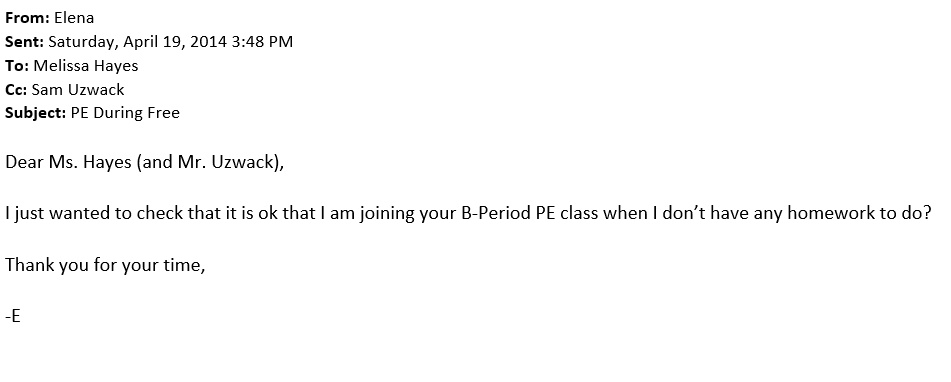

I decided to build upon the foundation of the existing personal fitness design module from the PE course. My goal was to take students on a journey that empowered them to take a deeper dive into identifying their personal goals; supporting their ability to create action plans for achieving those goals; and encouraging them to reflect on their own physical health and wellbeing in the process. I wanted to design a PE course that met safety requirements, created an inviting space, and benefited our students.
The result was the Customized Training for Maximizing Performance (CTMP) course. A key premise of the course is meeting the needs of three particular groupings of students:
- students who preferred an individual experience over a group experience
- Students who might be recovering from injury, illness, or other physical movement limitations.
- Student athletes who are interested in cross-training, or who might benefit from an additional tool to support their pursuit of sport-specific skills.
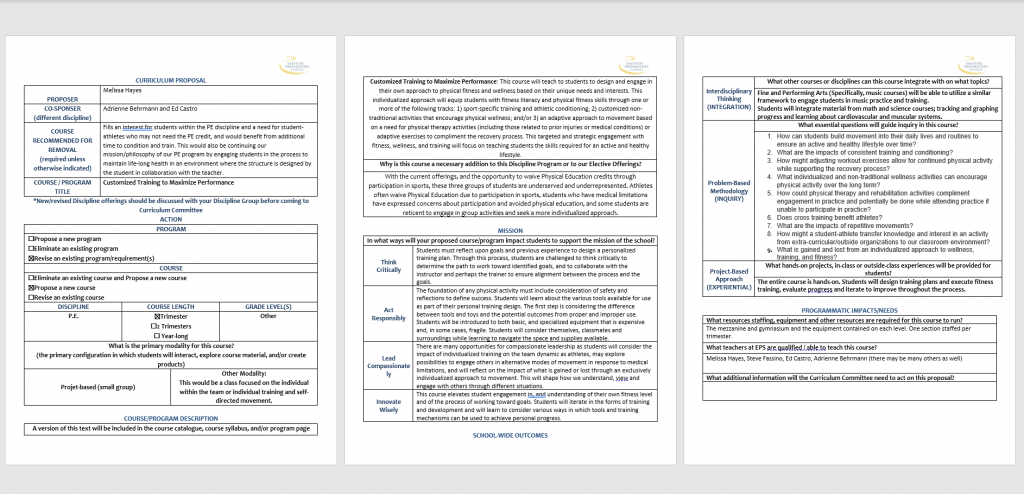
I piloted the CTMP course and built the course proposal synchronously during the Fall 2018 trimester with the support of school leadership. A key tenant of the proposal was including one of my core teaching principles: that I could be entirely adaptable to finding a way to make the new course align with both the needs of the Curriculum Committee (as it was called at the time) and our community. I would have taught the class as a seminar, during middle band, or before/after school if needed. This is the core principal for all my course design and implementation practices: I can and will find a way to meet the need within whatever framework is set. Ever since I started teaching, I have practiced the philosophy that 99% of the time, we can 1) make what we have be what we need, and 2) see the world as our classroom.
Inquiry, experience, and integration defines the concept of empowering students to be aware of the spaces around them, and equip them with the knowledge of how to safely use the equipment, supplies, and spaces leveraged during physical education classes. I regularly speak to students in all my classes about the fact that our equipment, supplies, and spaces (gym, mezzanine, off-campus fields, etc.) are tools, not toys. I imagine this is a similar conversation to those that happen in other disciplines where our equipment, supplies, and spaces require more emphasis on careful and responsible use (such as our science labs, the fabrication studio, and the stagecraft shop). Across all of these spaces, a major difference from a traditional classroom is that the risk of physical injury to oneself and others is more immediate and severe if the equipment/supplies/spaces are misunderstood or misused.
EPS offers a new perspective of PE through movement, wellness, and mindfulness. We encourage students to take responsibility for their own fitness and health. Our priority is to help our students develop life skills for healthy living through individual and group formats including Wellness in a classroom environment, Yoga, Customized Training to Maximize Performance, and Group Physical Education Classes. We believe that teambuilding, mindfulness, and improvement of athletic ability and knowledge helps students become more interested in lifelong sports and activities.
EPS Discipline Philosophy
Most group PE classes, and all customized training classes, have been unique. Based on the students in the class, the equipment and environment we’re in, and what we know at the time (best practice knowledge, etc.)
Some of the best examples of how I’ve been able to update course content and activities to reflect the changing world we live in include:
- A unit-based on technology and video games.
- This allowed students to engage/foster creativity. A unit that resulted from students asking “can we play video games in PE?”
- I challenged students to take their interest in video games and find other functions to find new functions and integrate with the class. In some ways they were simple. We used XBox Connect and/or Nintendo Wii gaming systems to move while on screen before it was necessary (i.e. pandemic). Students were empowered to play games while engaging in physical education and movement.
- The addition of the gym and mezzanine
- Over the first nine years, teaching in a multi-purpose space with a low ceiling (and limited equipment) gave us the opportunity to make what we have what we needed, and to see the world as our classroom. We got off campus, and leveraged local fields/facilities (e.g. Boys and Girls club). Emphasized individual movement skills and health; created games that maximized our time, space, equipment, and personnel.
- When TMAC opened with the gymnasium and mezzanine, I heard people say “this is going to make your job so much easier.” My response to that is I hope it doesn’t. I don’t want it to be easier; I want to explore the different opportunities that a space might provide while remembering where we began. It is essential to always maintain my creativity, drive, and interest in finding ways to adapt, innovate, and see the world as the classroom. I firmly believe that wherever we are is a place we can learn and grow.
- The COVID-19 Pandemic
- Two of my core concepts (fostering student creativity and that the world is our classroom) were tested and stretched as we went remote in March 2020. Several people expressed concern about how we could possibly teach PE through a screen. Given my love for coming to school everyday, some were also concerned about how it might impact my wellbeing.
- However, multiple elements have buoyed me throughout the pandemic. I have leveraged my steadfast and undamped feelings of concern for my students; my love for teaching; and my desire to help others. In particular, I aim to help others focus on what we can actually do and what we actually have control over; I call out the importance of focusing on what we do have (rather than what we do not), and the importance of focusing on the positives that do exist even during a very dark time.
- Throughout the pandemic, with extremely limited equipment, we emphasized bodyweight exercises; stability/agility movements; and leveraging technology. We challenged ourselves to blend new applications of familiar technology.
- Of course being separated physically can feel limiting – however, we found our ability to see each other on-screen (for purposes of safety in PE) on screen had its benefits as well. It allowed us to engage in conversations and ask questions that may not have been ask previously. This allowed us to stay connected and creative. Students even created games such as team relays: for example, one used the number of exercises to count as “feet” and teams challenged each other to “climb” Mt. Rainier the fastest.
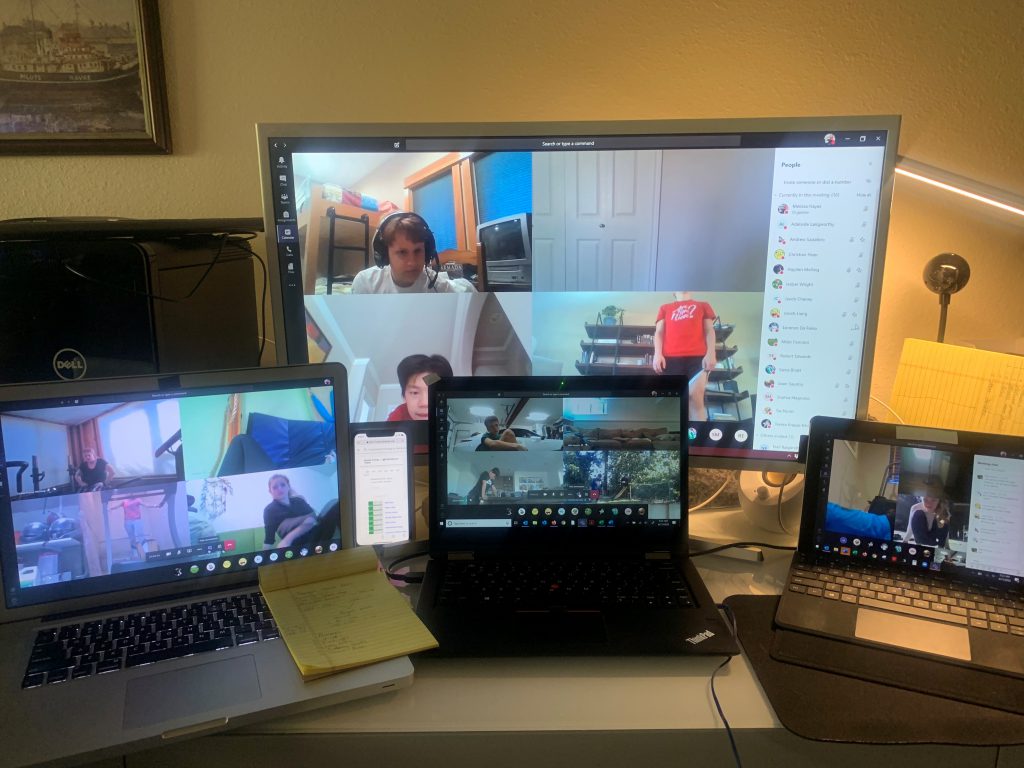
Program and Professional Development
Active and constructive participation can look differently depending on the individual, just as we see in our students in the classroom. As professional adults, we contribute to and benefit from PDD activities and experiences in our individual ways. With this in mind, I would characterize the way that I show my active participation and constructive engagement during PDD activities include attending sessions as an active listener and engaging in discussions with colleagues. I truly enjoy seeking out information. I love receiving information in all its many forms (emails, meetings, and casual discussions). In particular, I value how the information I can access gives me the opportunity to engage with the EPS community, collaborate in creative ways, and better support our community needs. I firmly believe that we can do more with what we know than what we can with what we don’t know.
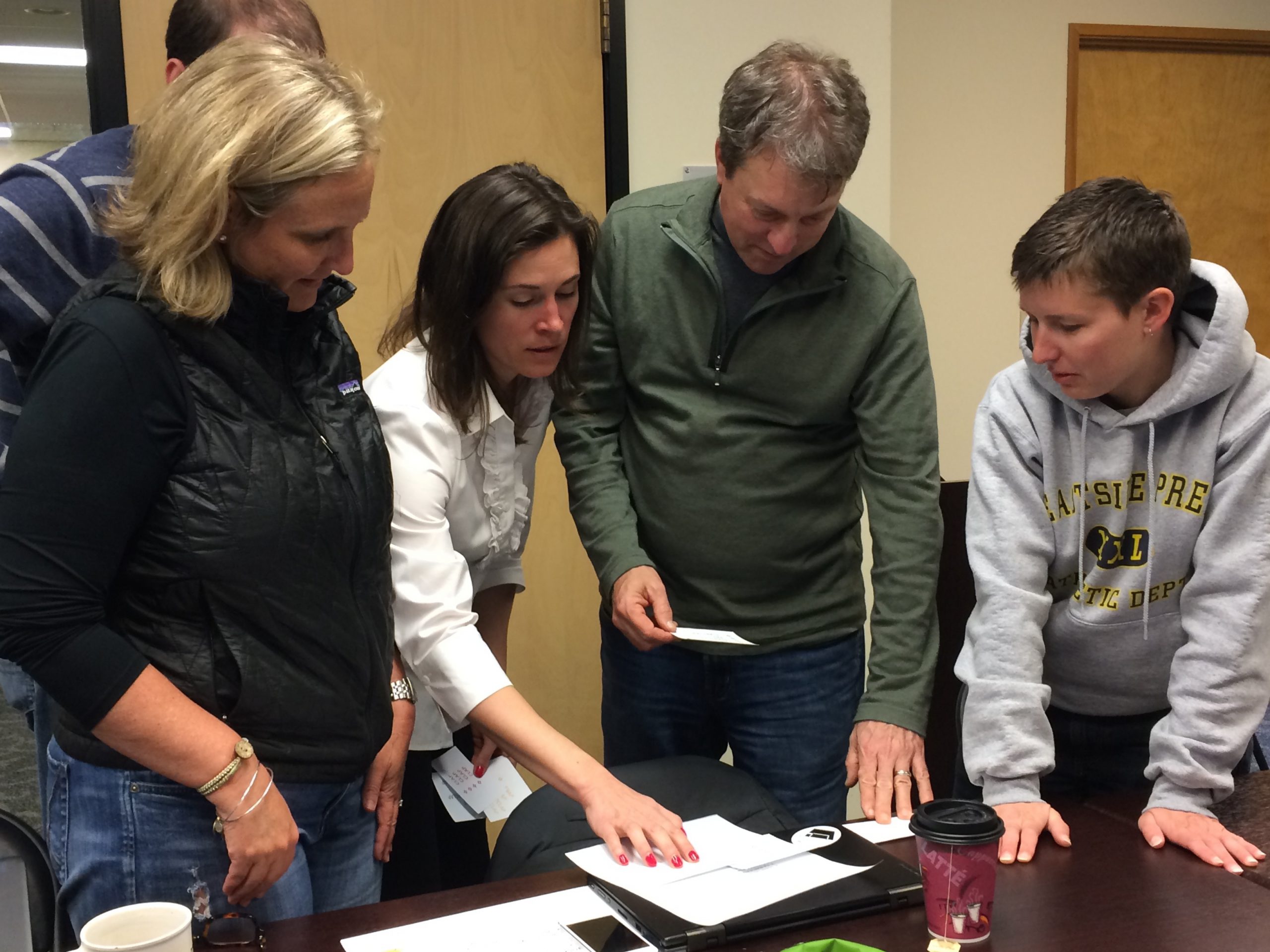 | 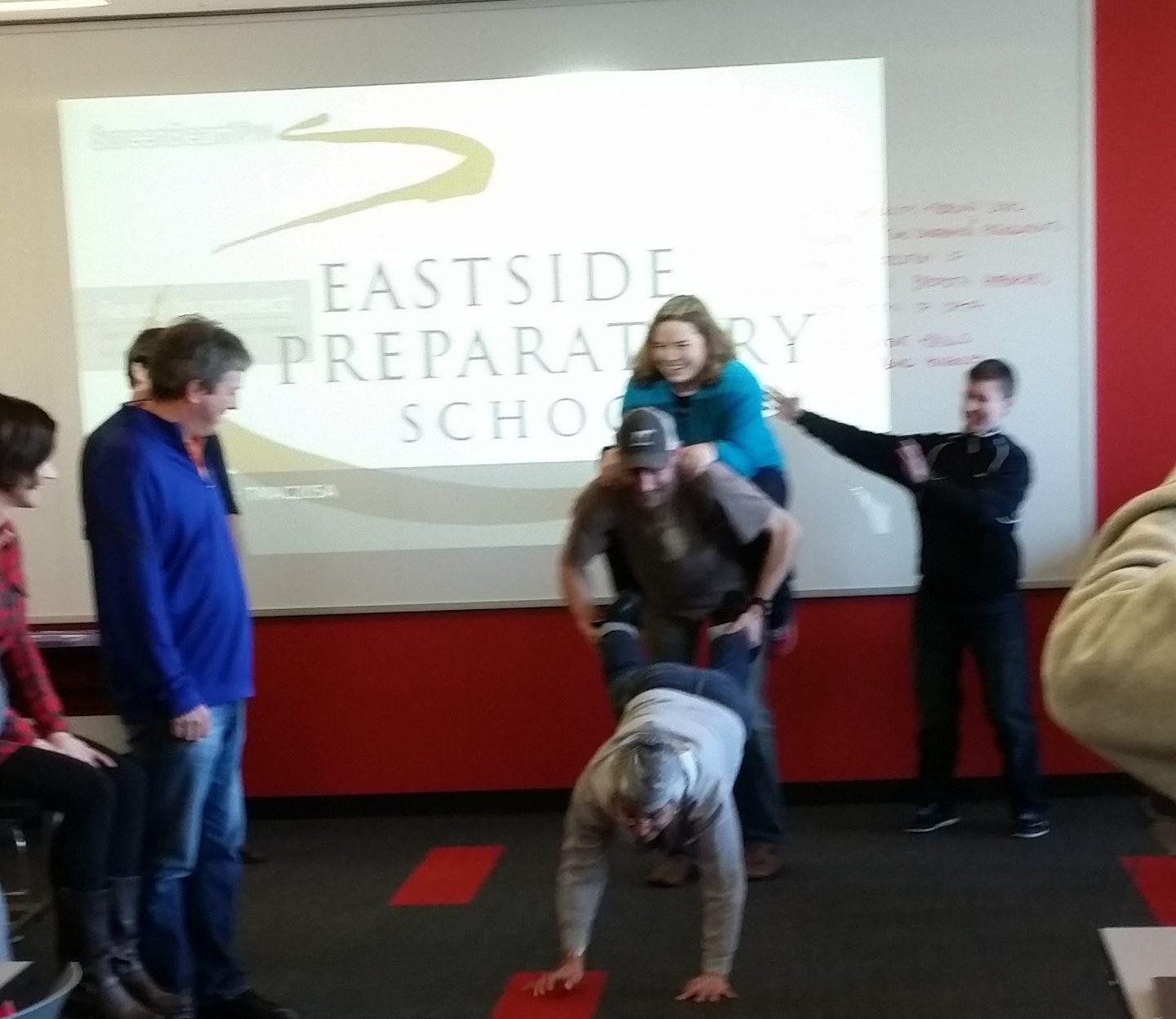 | 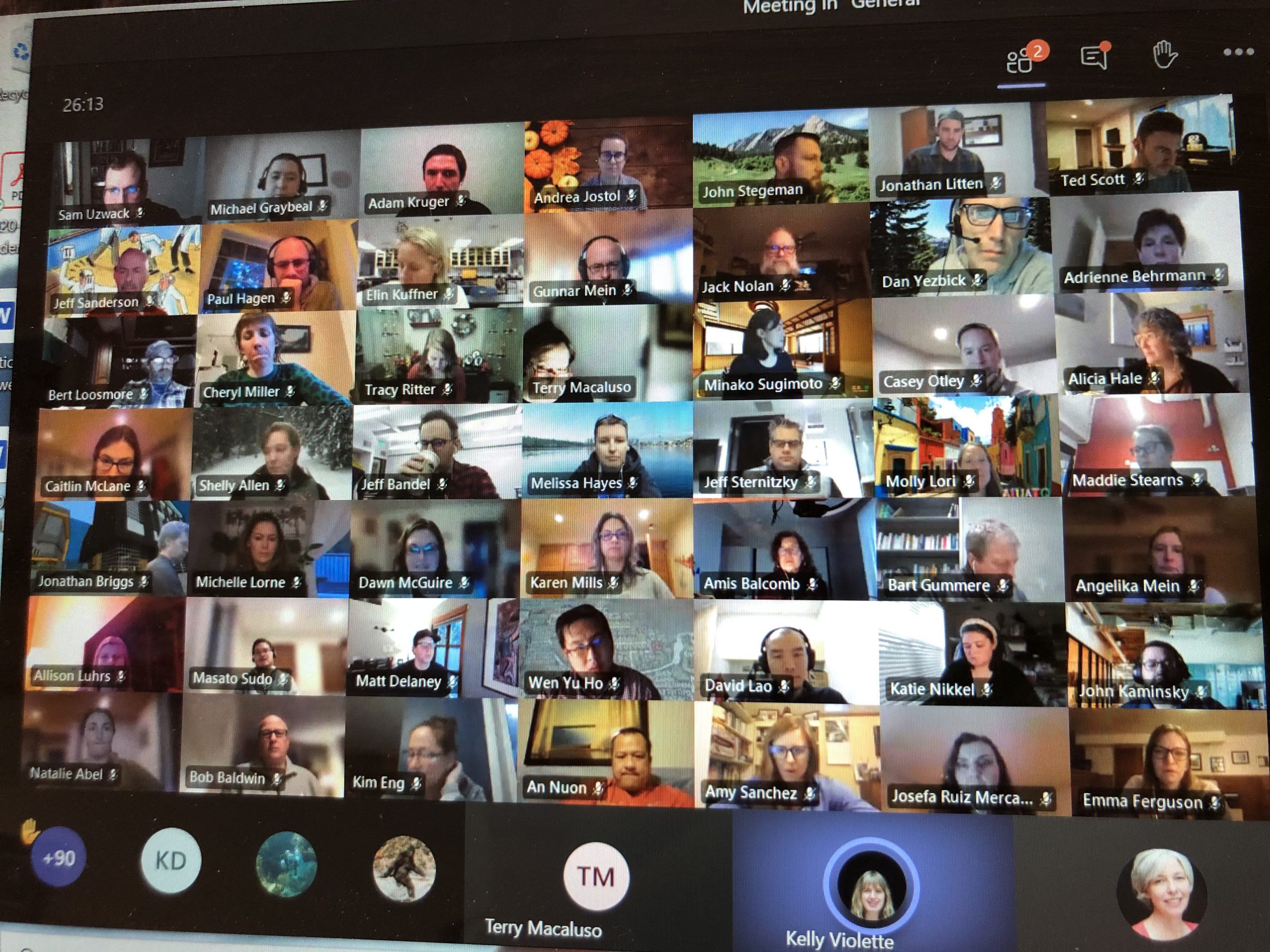 |
| Faculty Activity 2014 | PDD 2016 | PDD during pandemic |
 | 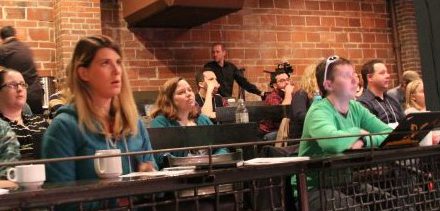 |  |
| Faculty Meeting | TedX 2016 | PDP Cohort |
I enjoy participating in our PDD meetings because they present me with the opportunity to engage with a wider array of colleagues and learn about what is happening in other aspects of the school, including planned activities. Our discipline meetings allow us to connect, dialogue, and innovate together. PDD’s also have given me the opportunities to prepare for upcoming experiences such as:
- Division Meetings
- Learning Support
- Student Well-Being
- EICL
- Fall Orientations
- Field trips
- Service Days
- EBC Week
Standing up and presenting to a room full of people is not an opportunity I relish, and is significantly outside my comfort zone. As growth only happens outside our comfort zones, however, I’ve still engaged in some of the opportunities that have been offered to me. One example is a project tuning workshop where I received feedback from colleagues on the student-directed unit or personal fitness design.

Most recently, I was able to share about the TeamSnap application, and propose how our community might leverage the tool during EBC week trips.
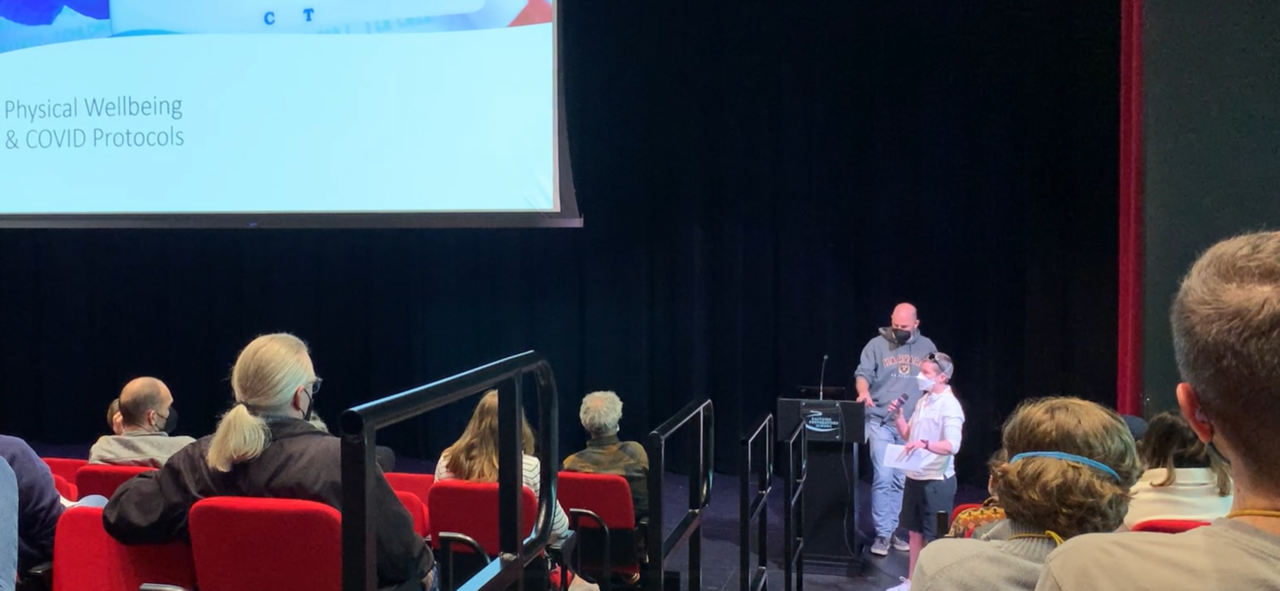
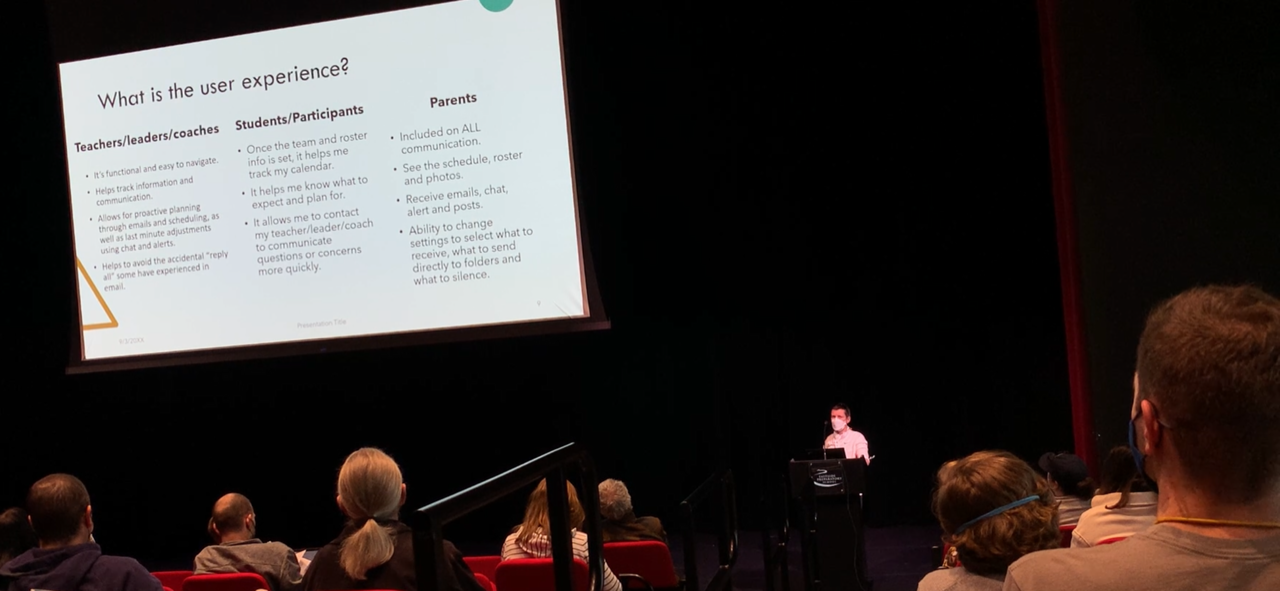
This PDP project is a prime example of a professional development opportunity. I actively sought it out, and when it was presented to me as an opportunity, I happily accepted the invitation to explore what I do, how I do it, and identify how I can do it better.
In addition to the opportunities provided by EPS, I actively seek out opportunities. I attend conferences offered by NWAIS, attend WIAA clinics and conferences, attend regional coaching meetings, and seek courses specifically to the health, Physical Education, and athletics disciplines.
A recent opportunity was taking a WIAA coaching clinic that is required for upper school coaches. The experience pleasantly surprised me, as after coaching for over a decade, some of this information was new to me or presented in new ways. In the position coaching an Upper School WIAA sport, I had new access to more content and learning opportunities. After learning this information is limited to Upper School coaches, I looked for other courses that would be available to all coaches. I’ve been taking sport-specific courses/certifications as well as courses focusing on overall wellness, safety, and health.
- Sports Nutrition
- First Aid, Health and Safety
- Teaching Sports Skills
- Implicit Bias
- Social Media
- Bullying Hazing and Inappropriate Behavior
- Concussion in Sports
- Sudden Cardiac Arrest
- The Collapsed Athlete
- Coaching Adaptive Sports
- Sportsmanship
- Student Mental Health and Suicide Prevention
I’m also both NFHS AIC and NFHS CIC (accredited interscholastic coach and certified interscholastic coach). I have done my U.S. Center for SafeSport courses and certification for Track and Field as well as Rowing. (which is required for all participants in the sport of rowing and most other NGB sports).
On my own, I’ve joined the national governing bodies (NGB) of the sports I’ve coached.
- US Rowing
- USA Track and Field
- National Federation of State High School Associations (NFHS)
What we did before impacts what we do now if only by being a step in our learning process. In our constant quest to learn, design, collaborate and develop, I am reminded of this quote.
“I did then what I knew how to do. Now that I know better, I do better.”
Maya Angelou